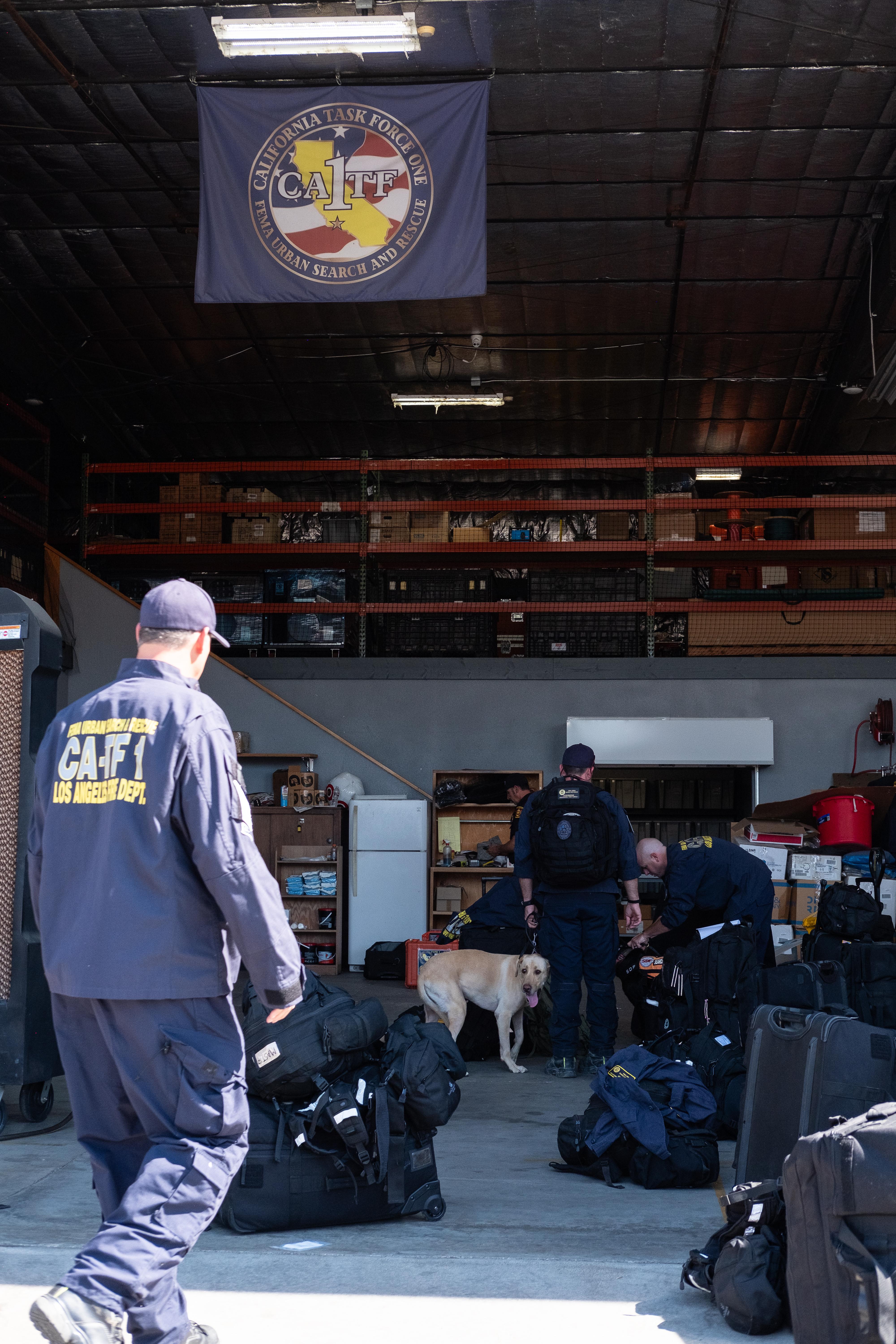Ensuring the safety of our beloved canine companions is a priority for every pet owner, especially when it comes to encounters with wild animals. As we cherish the adventures and explorations we share with our dogs, it’s crucial to be proactive in protecting them from potential wildlife threats. This guide aims to equip you with practical and compassionate strategies to safeguard your furry friend, allowing you both to enjoy nature with peace of mind. From understanding local wildlife behavior to implementing preventive measures, we’ll explore how to create a secure environment that nurtures your dog’s well-being while respecting the natural world around us.
Creating a Safe Outdoor Environment for Your Furry Friend
Ensuring your dog is safe from wildlife starts with understanding your local environment and the potential risks it presents. First, familiarize yourself with the types of wild animals in your area. This knowledge will help you take the necessary precautions to keep your pet out of harm’s way. Consider the following strategies to create a secure outdoor space for your furry friend:
- Install Secure Fencing: A sturdy, high fence can deter larger animals such as coyotes or deer. Ensure the fence is deep enough to prevent digging by curious creatures.
- Remove Attractants: Keep food, trash, and compost bins tightly sealed. These can attract wild animals, increasing the likelihood of encounters with your pet.
- Use Motion-Activated Lights: Bright lights can startle and discourage nocturnal animals from entering your yard.
- Provide Supervision: Always accompany your dog outside, especially at dawn or dusk when wildlife is most active. Your presence alone can be a significant deterrent.
- Install Noise Deterrents: Devices that emit sudden noises can be effective in keeping wildlife at bay.
By implementing these measures, you can create a safer outdoor environment for your dog, allowing them to enjoy their time outside without the threat of wild animal encounters.

Understanding Local Wildlife and Their Behavior
In the intricate dance of nature, understanding the habits and habitats of local wildlife is crucial for safeguarding your beloved canine companion. Each species has unique behaviors and territories, and knowing these can help in anticipating encounters. Animals like coyotes, raccoons, and even birds of prey may pose threats to dogs, especially in areas bordering natural habitats. Coyotes, for example, are known for their cunning and adaptability, often active at dusk and dawn. Meanwhile, raccoons can be found in urban areas, drawn to garbage and pet food. Observing and learning about these patterns can help you create a safer environment for your pet.
- Maintain a Safe Distance: Ensure your dog is always leashed during walks in wildlife-prone areas.
- Secure Your Yard: Install fencing and remove attractants like food and open garbage cans.
- Stay Vigilant: Be aware of your surroundings and avoid walking your dog during peak wildlife activity hours.
- Train Recall Commands: A strong recall can prevent your dog from chasing or approaching wild animals.

Training Techniques to Enhance Your Dogs Safety
To ensure your furry friend’s safety during outdoor adventures, it’s essential to equip them with certain skills and awareness. Start by teaching your dog a solid recall command. A reliable recall can prevent your dog from wandering into danger and is crucial in situations where they might encounter wild animals. Pair this command with positive reinforcement, using treats or praise to build a strong and swift response. Additionally, consider desensitization training to help your dog stay calm and collected in unexpected wildlife encounters.
- Recall Training: Reinforce the “come” command consistently in various environments.
- Desensitization: Expose your dog gradually to wildlife sounds and scents in a controlled manner.
- Leash Skills: Practice walking on a leash to ensure control during hikes or walks in nature.
- Stay Command: Teach your dog to stay put when instructed, reducing the risk of running into danger.
By focusing on these techniques, you can enhance your dog’s ability to navigate the natural world safely, ensuring both their security and your peace of mind.
Emergency Preparedness and Response for Unexpected Encounters
When venturing into areas where wildlife might be present, it’s crucial to be prepared for sudden encounters. Your furry friend relies on you for safety, so having a plan can make all the difference. Here are some essential tips to ensure both you and your dog remain safe:
- Stay Aware: Always be vigilant of your surroundings. Listen for unusual sounds and keep an eye out for movement in the bushes or trees.
- Keep Your Dog Leashed: In areas prone to wildlife, it’s safer to keep your dog on a leash. This prevents them from chasing after animals or wandering into dangerous territory.
- Carry a Whistle: A loud whistle can startle and deter many wild animals. It’s a simple tool that can give you peace of mind.
- Know Your Wildlife: Familiarize yourself with the types of wild animals in the area. Understanding their behavior can help you anticipate potential threats.
- Emergency Contacts: Have the numbers of local wildlife authorities saved on your phone in case you need immediate assistance.
By taking these precautions, you can create a safer environment for both you and your beloved companion, allowing you to enjoy the great outdoors with confidence.

